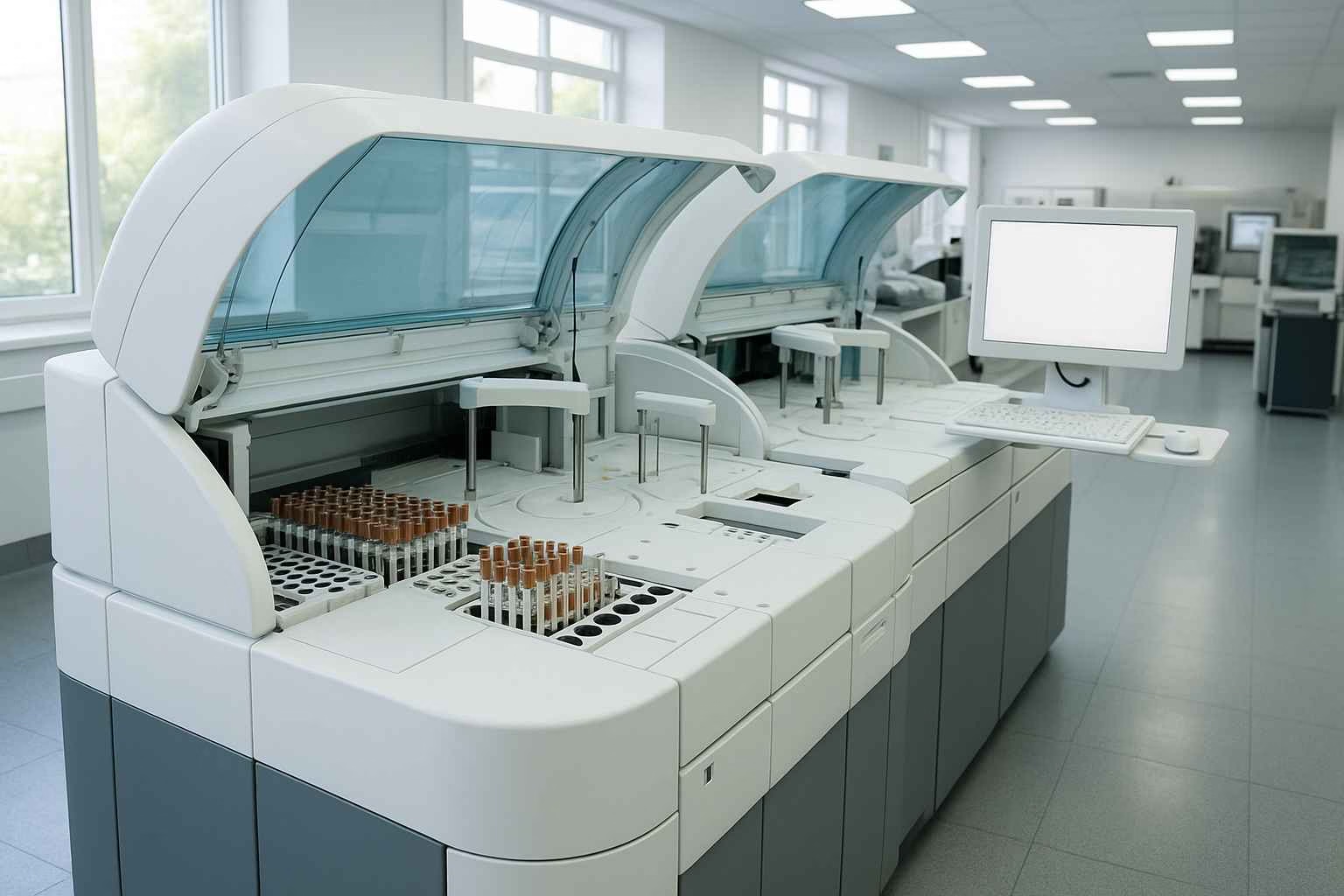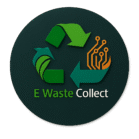Contents
ToggleSafe Medical E-Waste Recycling in Australia: A Critical Guide for Healthcare Facilities
In Australia's bustling healthcare sector, a steady stream of advanced medical equipment—from diagnostic imaging machines to laboratory analysers—underpins our commitment to patient care. Yet, what happens when these crucial tools reach the end of their life? The answer isn't as simple as ‘out with the old, in with the new.’ The improper disposal of medical equipment poses significant environmental hazards and compliance risks, a challenge that hospitals, clinics, and laboratories across the country must confront. This guide will walk you through the hidden dangers of improper medical e-waste recycling in Australia and the responsible solutions available.
This isn't about generating a quick buck from scrap; it's about protecting our environment and adhering to our collective responsibility. Ignoring the proper disposal of these sophisticated devices can lead to serious consequences, and that's a cost we can't afford. In a nation that prides itself on its pristine natural environment, the mounting challenge of medical e-waste recycling is a critical issue that demands our immediate and professional attention. This guide will walk you through the hidden dangers, the reasons why standard disposal methods fail, and the responsible solution for medical e-waste recycling in Australia through ewastecollect.
The Hidden Dangers of Improper Medical E-Waste Recycling
Your decommissioned equipment is more than just a pile of metal and plastic. Each device, from a bulky CT scanner to a compact pathology analyser, contains a cocktail of materials that can harm our planet if not handled correctly. The sheer volume of medical e-waste is staggering. Annually, an estimated 50 million tonnes of e-waste are produced globally, with a significant portion stemming from the healthcare industry. When this waste is not managed responsibly, the toxic elements within can have a devastating long-term impact on our soil, water, and air quality.

CT and MRI Scanners: Beyond the Imaging
These powerful machines, integral to modern diagnostics, are massive and complex. Improper disposal can lead to:
- Contamination: Toxic substances like lead and mercury can leach into soil and groundwater.
- Data Breaches: Discarding a scanner without professional data wiping poses a severe risk of privacy breaches.
Ultrasound and Mammogram Devices: Small Devices, Big Impact
While smaller, these devices are no less problematic when it comes to disposal. Their components often include:
- Plastics: Complex polymers are not biodegradable and contribute to microplastics.
- Batteries: Lithium-ion batteries can leak hazardous materials and cause fires.
Angiogram and Endoscopy Machines: Specialised Waste
These complex instruments are a marvel of medical engineering, but their intricate design makes them particularly challenging to recycle. They contain a mix of materials, including:
- Specialised Wiring: Fine wiring and connectors require a highly specialised recycling process.
- Optical Components: Lenses and tiny motors are often difficult to separate and process.
Anaesthetic and Pathology Analysers: Chemical and Biohazardous Risks
These units present a unique set of challenges due to their use in sensitive environments. They often contain:
- Chemical Residues: Proper decontamination is essential before dismantling.
- Hazardous Sensors: Sensors and internal batteries can release harmful substances.

Why Professional Medical E-Waste Recycling in Australia is the Only Choice
For Australian healthcare facilities, the stakes are high. Ignoring the proper disposal of these devices can lead to a cascade of negative outcomes that go far beyond a simple inconvenience. The following are just a few of the reasons why partnering with a professional service for hospital device disposal is the only responsible choice:
Toxic chemicals and heavy metals from medical e-waste can pollute our natural resources, a long-term problem that affects us all. A single improperly disposed of MRI machine can contaminate an entire water table, while the plastics from an ultrasound unit can linger in the environment for hundreds of years. The health of our communities and the integrity of our natural landscapes depend on responsible waste management.
Australia has strict regulations governing the handling and disposal of hazardous and electronic waste, including the National Waste Policy Action Plan. Non-compliance can result in hefty fines, legal action, and a mandatory public disclosure of the violation. These penalties are not just theoretical; regulatory bodies are actively enforcing these laws to protect the public.
Many devices, particularly those with internal memory or network connectivity, hold confidential patient data. Disposing of them without professional data wiping poses a severe risk of privacy breaches, violating the Privacy Act 1988. This can lead to legal action from patients, irreparable damage to your facility's reputation, and a loss of trust that is difficult to regain.
In an age of heightened environmental awareness, a hospital or clinic found to be carelessly discarding medical e-waste can suffer significant reputational harm. Patients, staff, and the wider community increasingly expect healthcare providers to be leaders in sustainability and corporate social responsibility.
Your Responsible Solution for Medical E-Waste Recycling in Australia
As a healthcare provider, your focus should be on patient care, not the complexities of waste management. This is where ewastecollect comes in. We offer a simple, safe, and fully compliant solution for your medical equipment disposal needs. We are a specialised, certified service provider dedicated to the responsible handling of medical e-waste.
-
Australian Radiation Protection and Nuclear Safety Agency (ARPANSA) – Regulatory Guide: Disposal of Sources
www.arpansa.gov.au -
NSW Environment Protection Authority – Disposal of Regulated Material (Radiation Apparatus)
www.epa.nsw.gov.au -
Victoria Department of Health – Disposal of Radioactive Material and X-ray Equipment
www.health.vic.gov.au -
Queensland Health – Radiation Source Disposal Guidelines
www.health.qld.gov.au -
ARPANSA – National Directory for Radiation Protection (2018) and relevant Codes of Practice (e.g., RPS C-6) for standards on decommissioning and waste disposal.
www.arpansa.gov.au - Safe Work Australia / State SafeWork Guidelines – Occupational safety considerations during equipment removal.
For more information on safe disposal practices, visit our Medical Equipment Recycling page.
